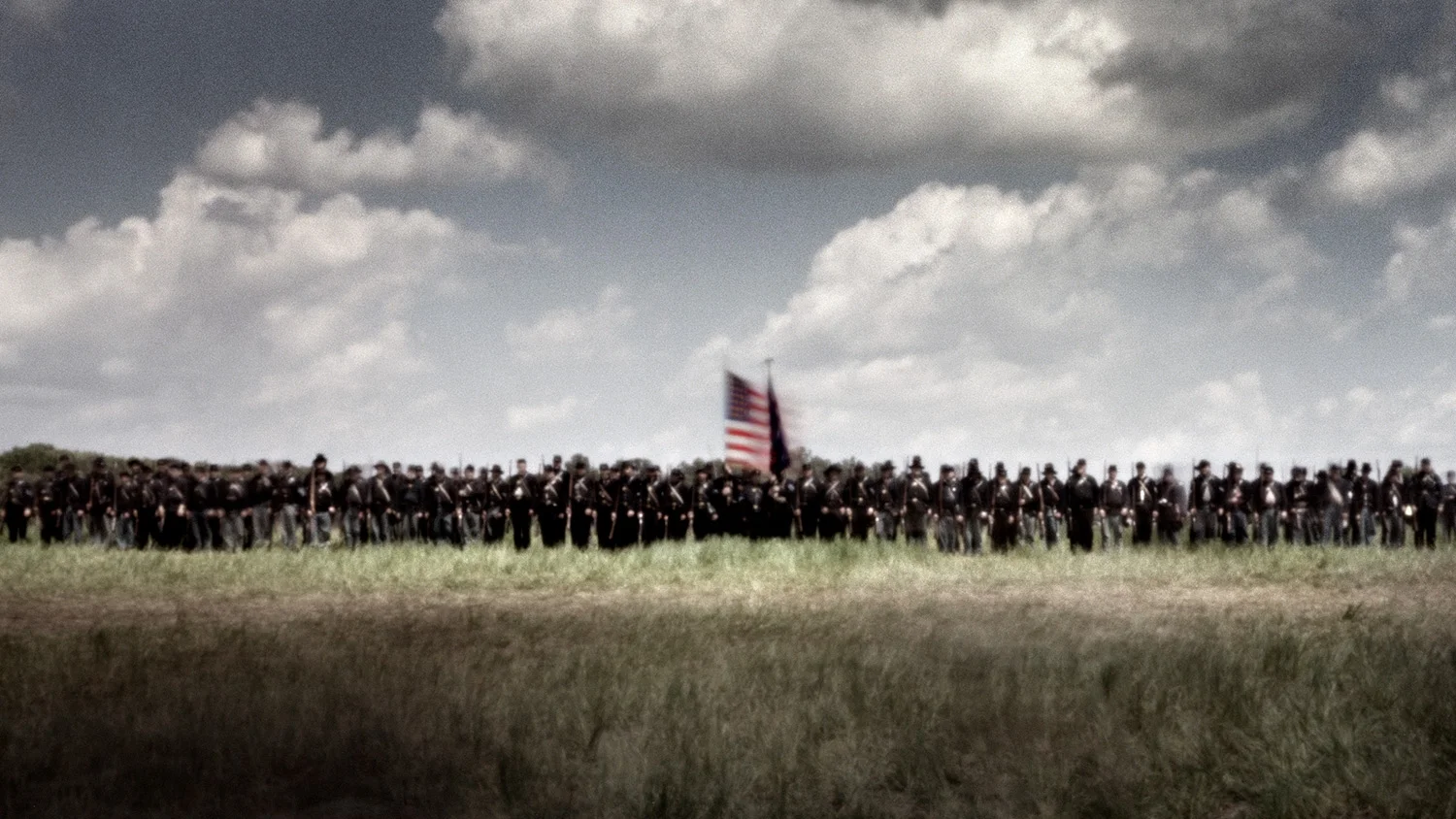ECHOES OF THE CIVIL WAR
All these photographs were taken during the 150th anniversary timeline of the war. Visiting each battlefield on its respective 150th anniversary allowed me to see these landscapes as they appeared to the soldiers 150 years ago.
In 2011, at the beginning of the Civil War Sesquicentennial, I set out with my pinhole cameras to search for what remains of Americaʼs 19th century landscape. Soldiers memoirs from the period describe the heat of battle but also the landscapes they marched through. In my four year journey, I found that much of this rural landscape still survives in America today.
What I also discovered was not only that the country retains much of its 19th century character but a vast number of living historians, or re-enactors as they are called, have DNA ties to this period. Donning the uniforms of their ancestors, in one re-enacted battle after the other, the great great grandsons of the old veterans replay these events performing what they see as a “familial duty”. In this sense, the re-enactments are vast performance art pieces.
So taken by this nexus of people, place and history, I became a re-enactor myself and embedded with the troops.
Why the pinhole camera? The rudimentary technology of the pinhole camera dates back to the middle ages where pinhole projections were employed by painters. It's an old school device that seemed a perfect match for my time-traveling journey. The long time exposures would necessitate the camera lingering on these battlefields slowly taking in the light from these epic landscapes. At the reenactments, the pinhole camera blurred the action making the re-enactors anonymous. Transforming the re-enactors in this way, the pinhole camera leaves room for deeper contemplation of these historical events.
All these photographs were taken during the 150th anniversary timeline of the war. Visiting each battlefield on its respective 150th anniversary allowed me to see these landscapes as they appeared to the soldiers 150 years ago.
In 2015, at the end of the Civil War Sesquicentennial, a number of events in the news started what we can now see as a tipping point in the reconciliation of the War Between the States. The removal of Confederate flags and monuments across the country has inadvertently turned these images into memorials in themselves. They are modern-day evidence that 150 years on many of the issues brought forth during the Civil War have never been fully reconciled.
The landscapes remain, and the battles go on...
The work, originally published in the blog, Civil War 150 Pinhole Project, was recognized by the United States Library of Congress in 2012 and is now part of the National Archive on the Civil War Sesquicentennial.
The work has since been published in book form by WW Norton and Company in 2016, “Echos of the Civil War: Capturing Battlefields With A Pinhole Camera” and is available online and at major bookstores.


